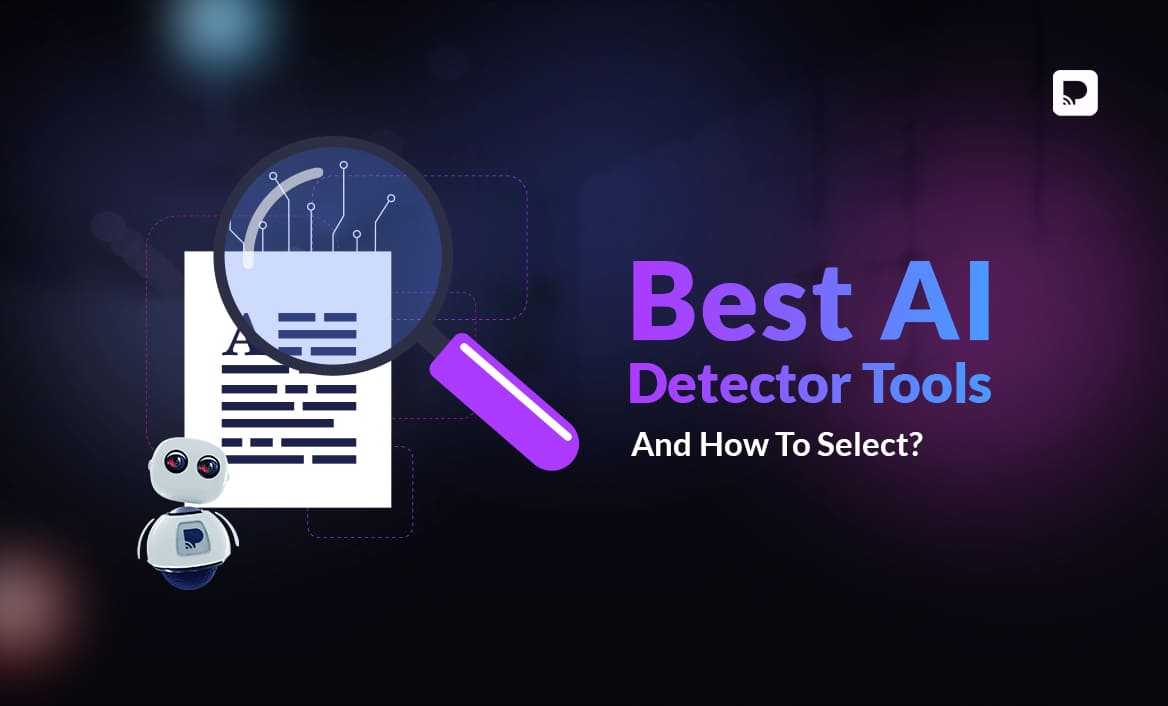Introduction
In today’s fast-paced business environment, efficient process management is crucial for organizations to stay competitive. Business Process Management (BPM) software offers valuable solutions to streamline operations, improve productivity, and enhance overall business performance. In this article, we will explore the best BPM software options available in the market. Whether you’re a small business owner or part of an accounting firm, this guide will help you find the ideal BPM software to optimize your processes effectively.
What is Business Process Management (BPM) Software?
Business Process Management (BPM) refers to the systematic approach to making an organization’s workflow more effective and efficient. BPM software is a set of tools designed to map, analyze, and optimize business processes. It allows businesses to model, automate, monitor, and improve their operations, leading to better alignment with business goals and enhanced productivity.
At its core, BPM software helps businesses eliminate inefficiencies, reduce human error, and improve collaboration across teams. By automating repetitive tasks and streamlining complex workflows, BPM software creates a more organized and productive work environment.
Key Features of BPM Software
BPM software comes with a variety of features that help businesses manage and optimize their workflows. Here are some key features of BPM software:
1. Process Automation
One of the primary benefits of BPM software is its ability to automate routine and repetitive tasks. From data entry to approval workflows, BPM software can automate tasks that would otherwise require manual effort. Automation not only saves time but also reduces human error, ensuring that tasks are completed with greater accuracy.
2. Process Mapping and Modeling
BPM software allows businesses to visually map out their processes, making it easier to understand the workflow, identify bottlenecks, and find areas for improvement. With process modeling tools, you can create a visual representation of your processes, which can help you better communicate with stakeholders and align team efforts.
3. Real-Time Monitoring and Analytics
BPM software offers real-time monitoring capabilities, allowing businesses to track the progress of tasks and workflows. With built-in analytics, you can gain valuable insights into how your processes are performing, identify potential inefficiencies, and take action to improve them. Monitoring also helps ensure compliance with internal and external regulations.
4. Collaboration Tools
Effective collaboration is essential for any organization, and BPM software facilitates this by providing tools that enable teams to work together seamlessly. From document sharing to task management, BPM software ensures that all team members are on the same page, leading to better communication and faster decision-making.
5. Integration with Other Systems
BPM software often integrates with other enterprise systems like CRM, ERP, and HRMS. This integration ensures that data flows smoothly across different departments, preventing silos and ensuring consistency across the organization.
Understanding Business Process Management Software
Business Process Management (BPM) software is a powerful tool designed to automate, optimize, and monitor business processes. It provides a centralized platform for organizations to manage and streamline their workflows, ensuring smooth operations and enhanced productivity. The best Business Process Management software offers comprehensive features that cater to the specific needs of businesses, whether they are small enterprises or large corporations.
Key Features of BPM Software
When selecting the best BPM software for your business, certain key features should be considered. These features ensure that the software is capable of addressing your organization’s unique requirements. Here are some essential features to look for:
- Process Modeling and Design: The best BPM software provides an intuitive and user-friendly interface for process modeling and design. It allows you to visually create and modify workflows, making it easier to understand and optimize your business processes.
- Automation and Integration: Automation is a core aspect of BPM software. Look for software that offers automation capabilities to streamline repetitive tasks, reducing manual effort and minimizing errors. Additionally, the software should integrate seamlessly with other systems and applications used in your organization, such as customer relationship management (CRM) software or accounting systems.
- Analytics and Reporting: Effective BPM software provides robust analytics and reporting functionalities. It should offer real-time insights into process performance, allowing you to identify bottlenecks, monitor key metrics, and make data-driven decisions for process improvement. Look for software that offers customizable dashboards and reports to meet your specific reporting needs.
- Collaboration and Communication: The best BPM software fosters collaboration among team members. It should enable real-time communication, feedback, and document sharing to promote collaboration and enhance teamwork. Look for features such as discussion boards, task assignments, and notifications to facilitate effective communication within the software.
- Scalability and Flexibility: Consider BPM software that can scale with your business as it grows. It should be flexible enough to adapt to evolving process requirements and accommodate increasing workload demands. Scalability ensures that the software remains relevant and effective as your organization expands.
Benefits of Using BPM Software
Implementing BPM software for small businesses can bring numerous benefits to your organization, including:
- Increased Efficiency: Automating manual tasks and optimizing workflows leads to improved productivity and reduced errors.
- Enhanced Collaboration: BPM software promotes collaboration and communication among team members, fostering a culture of teamwork.
- Process Visibility: Gain insights into process performance through analytics and reporting, enabling data-driven decision-making.
- Compliance and Risk Management: Ensure regulatory compliance and minimize risks by implementing standardized processes.
Implementing BPM Software Successfully
Implementing BPM software for small businesses can bring numerous benefits to your organization, including:
- Increased Efficiency: Automating manual tasks and optimizing workflows leads to improved productivity and reduced errors.
- Enhanced Collaboration: BPM software promotes collaboration and communication among team members, fostering a culture of teamwork.
- Process Visibility: Gain insights into process performance through analytics and reporting, enabling data-driven decision-making.
- Compliance and Risk Management: Ensure regulatory compliance and minimize risks by implementing standardized processes.
Read More: Best Business Process Management Software: Improve Your Business Efficiency and Productivity



































